Apple's new MacBook Pros can boot from media in SD card slot
In a tech note published this week summarizing uses and compatibility for the SD slots, Apple notes that you can install Mac OS X on an SD card and use it as a startup volume simply by changing the default partition table to GUID using Disk Utility, and then formating the card to use the Mac OS Extended file format.
This capability can be particularly useful in the event that you run into problems with a MacBook Pro's built-in storage options, particularly those equipped with traditional hard disk drives, which include moving parts. Should these drives fail or show early warning signs of failure, you'll want to abstain from any extensive reading and writing from them immediately to best preserve the integrity of their data.
Having a properly formatted SD card containing a Mac OS X installation could in some cases prove incredibly useful, allowing you to boot from the card and troubleshoot or rescue critical files from the problematic drive before matters grow worse.
Running DiskWarrior or other drive diagnostic and repair applications off the SD card boot volume would also be more efficient then using the traditional method of bootable optical discs that can also contain those apps, but function at a fraction of the speed.
Of course, Apple's stated intention behind its move towards SD card slots on the first two tiers of its professional notebook offerings is geared towards the rapid transfer of media — such as photos and video — from the wealth of SD digital cameras on the market.
The company notes that the new MacBook Pros have a maximum speed of 240 Mbit/s for SD media using the SD card slot, which easily exceeds the transfer rate of most SD media. For example, Class 2 media has a maximum transfer rate of 4 Mbit/s; Class 4 media has a maximum transfer rate of 4.8 Mbit/s; and Class 6 media has a maximum transfer rate of 45 Mbit/s.
Any SD card that conforms to the SD 1.x and 2.x standards should work in the slots, though they also accept cards that are Standard SD (4 MB to 4 GB) and SDHC (4 GB to 32 GB). MultiMediaCards (MMC) can also be used, as well as MiniSD, MicroSD, and higher density formats like MiniSDHC and MicroSDHC, assuming they're first inserted into one of the "passive" adapters on the market that conform to the width and thickness specifications for the slot.
The SD card specification for a memory card is 32 mm by 24 mm by 2.1 mm. But Apple says you can also use thinner cards, such as the aforementioned MMCs. Cards that have a thickness greater than 2.1mm or that have surfaces that exceed 2.1mm, should not be used, the company warns, as they may damage the SD card slot if inserted.
The slots also accept cards that exceed 32 GB, but as Apple notes, most media manufactures preformat their media using common block-and-cluster sizes that do not approach the theoretical limits of a given file system.Â
Most SD cards use the FAT32 file format which is commonly available up to a capacity of 32 GB. Some smaller capacity cards use the FAT16 file format, which is generally available in capacities of up to only 2 GB.
SD cards that use the exFAT file system are not supported, nor are SDIO (Secure Digital Input Output) cards.
 Katie Marsal
Katie Marsal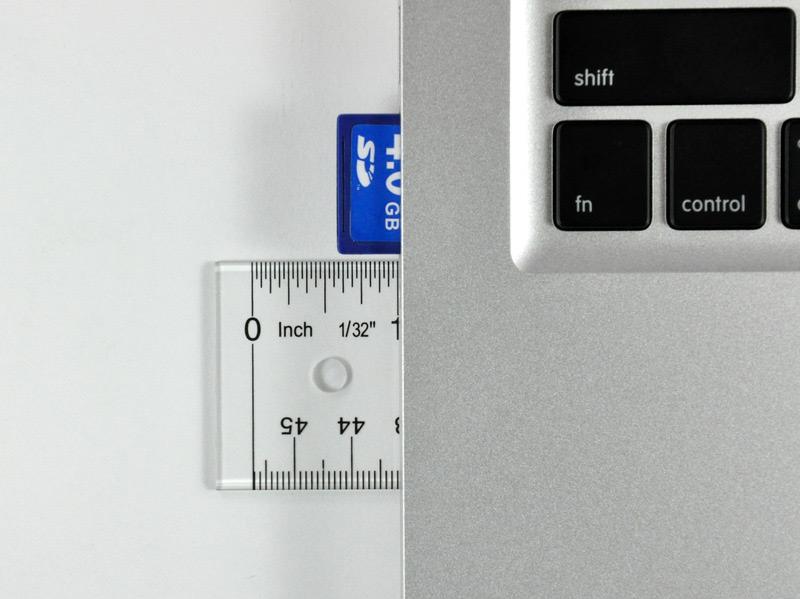


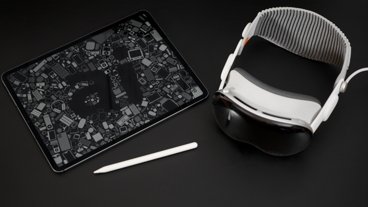











 Amber Neely
Amber Neely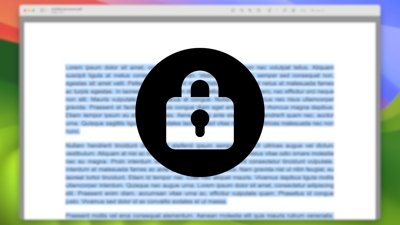
 Bon Adamson
Bon Adamson
 Andrew Orr
Andrew Orr

 William Gallagher and Mike Wuerthele
William Gallagher and Mike Wuerthele
 Malcolm Owen
Malcolm Owen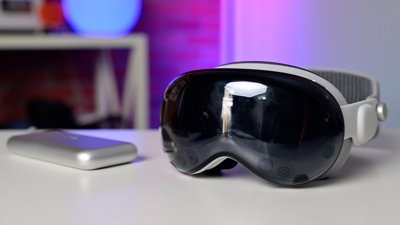
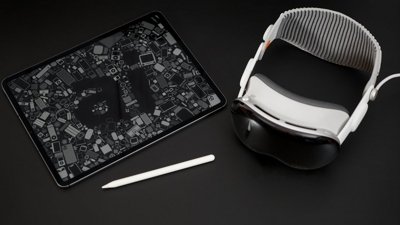
 Wesley Hilliard
Wesley Hilliard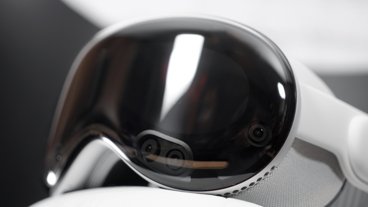
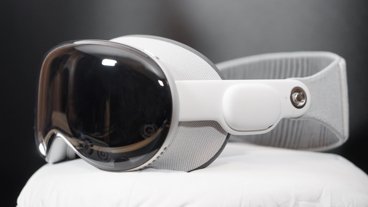







85 Comments
Security issue also. Bypass logins that way.
SD cards that use the exFAT file system are not support, nor are SDIO (Secure Digital Input Output) cards.
Ok, that means the new SDXC format just announced by SanDisk using speeds 104-300 Megabytes per second, storage of up to 2TB and exFAT is not supported on these new MacBooks. The new SD format/card was just announced, I might repeat.
Next round of Mac's hopefully should have a flush mount spring release SD reader (to avoid accidents) and to be able to use the SD as a auto file/time machine/bootable clone backup by keeping the SD card inside the Mac nearly all the time. Along with compatability with the new SDXC standard, I hope.
Perhaps Apple will come out with it's own eHFS+ or something or are we slipping ever further into becoming a Windows PC. *cue horror music*
Note you want to use SDHC for 20 MB/s fastest boot speed (otherwise known as SD Extreme) on these new MacBook Pro's w/SD, still it's slower than a hard drive 3-4x slower and less capacity. You might want to use a large USB instead it's faster to boot from.
Security issue also. Bypass logins that way.
Ummm kinda like USB and FW?
Not sure I get your point?
Dave
Begone CD's and DVD's!
Without knowing hard drive speeds off the top of my head, how long is it going to take to boot from an SD card compared to booting from a hard drive?
How will SD cards of the near future change things?
I'm skeptical about the security by-pass concern. The system is the one on the chip and you won't have any access to the hard drive unless you know the user ids and passwords.
The OS X Install disc is a bigger security threat as far as I can see.